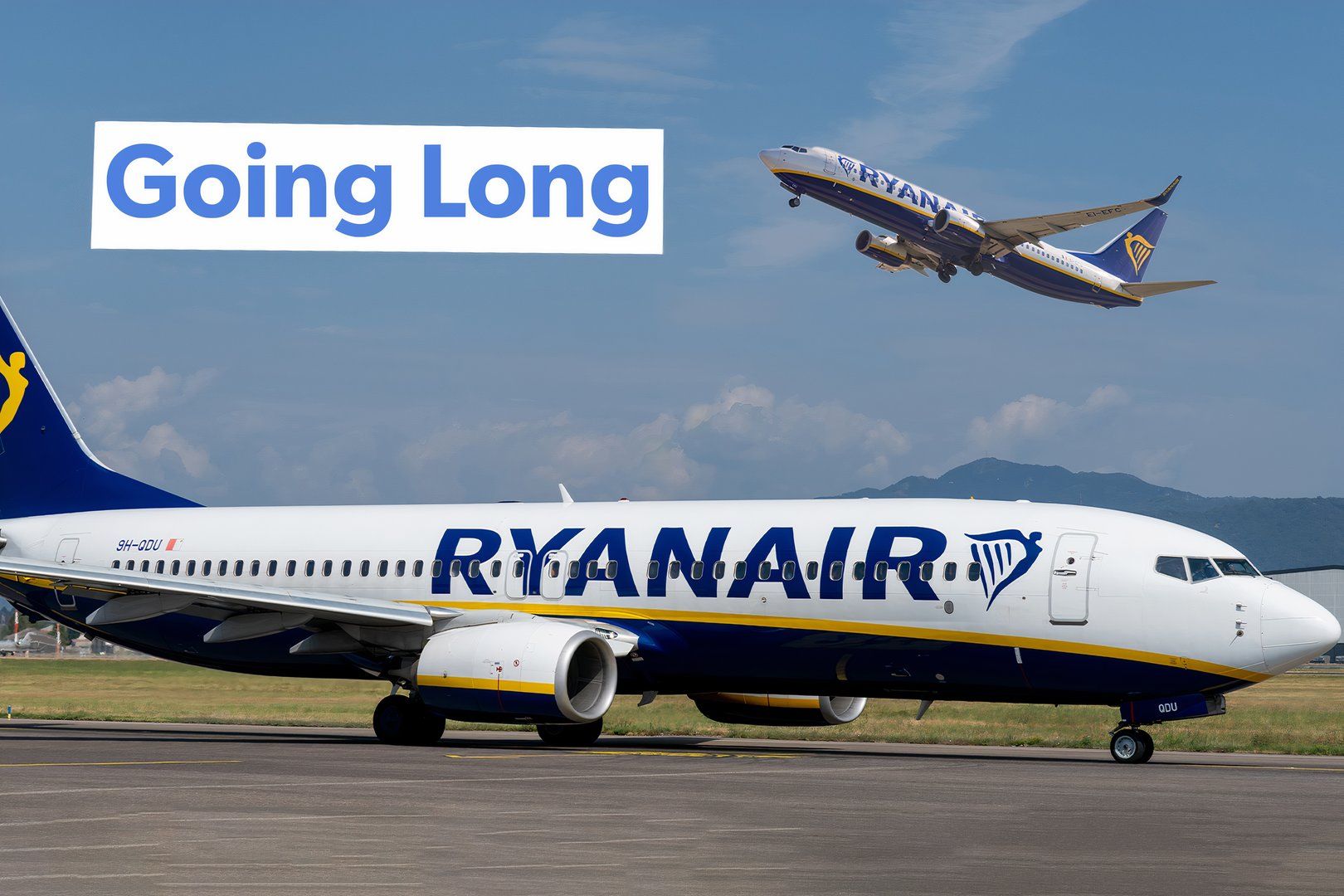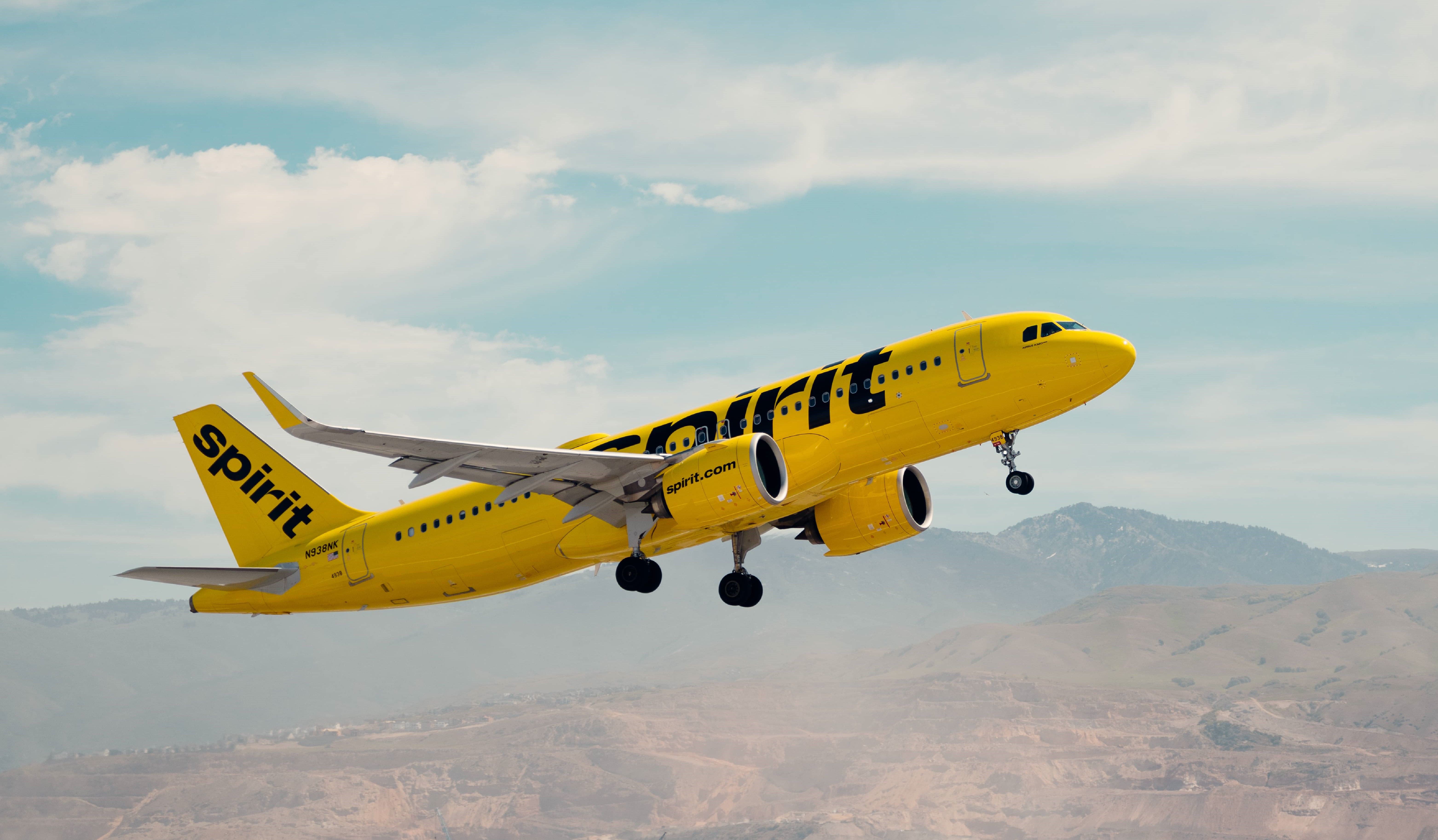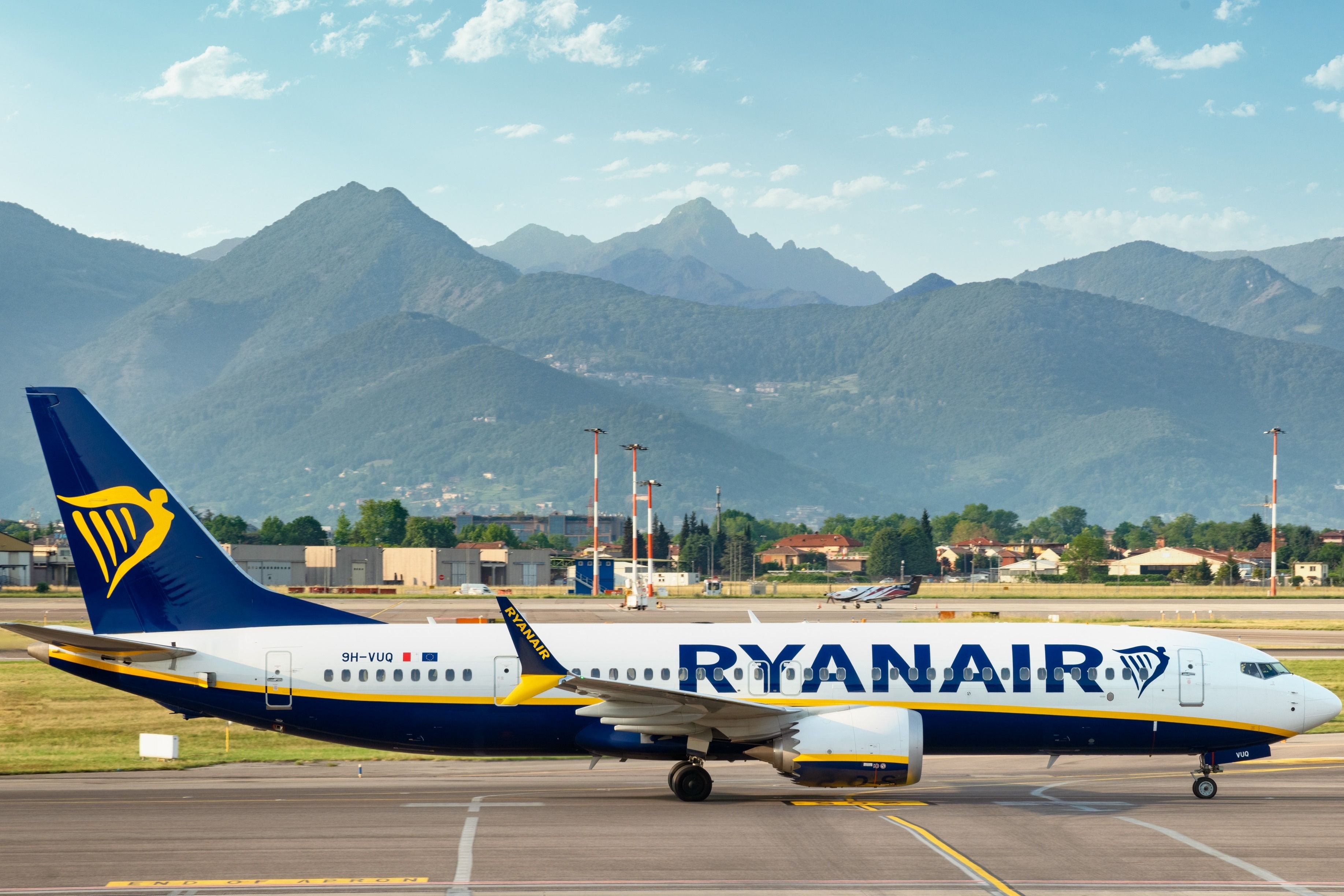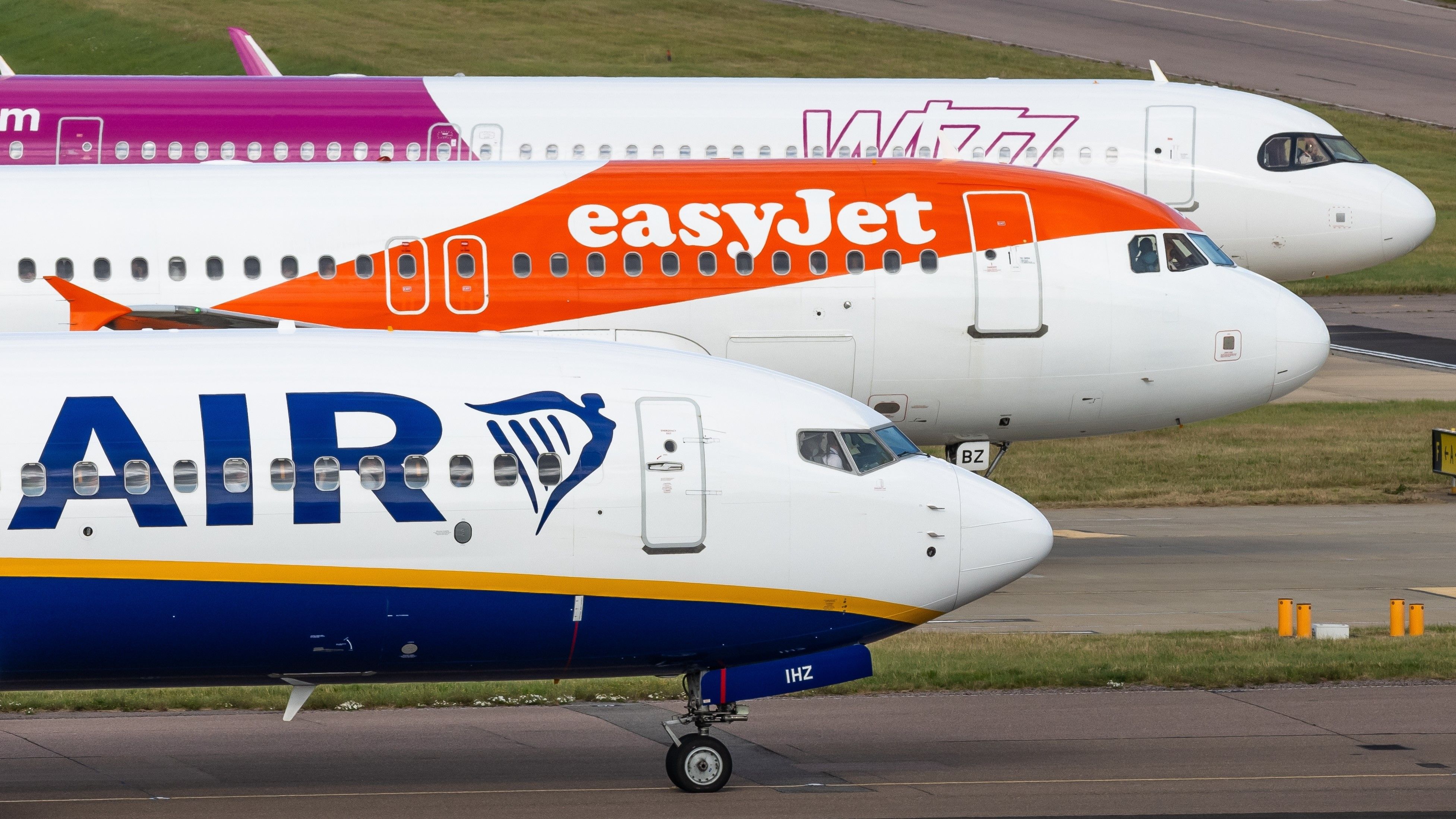The world’s most successful low-cost airlines have always existed in Europe, capitalizing on liberal regulations and competition-encouraging legislation that allows carriers like Ryanair and easyJet to rapidly reduce their costs and offer passengers far more competitive ticket prices.
For the traveling public, which can capitalize on offers for tickets that sit as low as $20 for flights within Europe, the question of how these ultra-low-cost airlines make money off our tickets is up in the air.
For the passenger who booked a two-hour flight on Ryanair for €15 and did not bring any additional luggage with them or pay for any other ancillary services, it is pretty clear that the airline will not be making money off of your ticket alone.
However, having a seat filled at any price is better than not having it filled at all, which is one of the reasons behind these last-minute deal offers.
But even weeks in advance, airlines like Ryanair continue to undercut their full-service competitors on price, often pricing tickets far beneath their operational costs.
These airlines, despite charging you rock-bottom prices for fares alone, will be quick to make their money off of you when it comes to the purchase of ancillaries, which are essentially any other flight-related charges that can include baggage fees, food costs, fees for not checking in online and much more.

The purpose of ancillary fees is not simply to bother passengers
When one first notices the ridiculous extent of Ryanair’s charges, which can include high fees for things as minute as failing to check in before getting to the airport, one may think that these fees serve the exclusive purpose of milking passengers for as much revenue as possible. This, however, is not always the case.

Related
Top 5: These Are Ryanair’s Longest Routes This November
Ryanairs longest routes are leisure routes from Poland and Hungary to the Canary Islands.
The purpose of these charges is to ensure that Ryanair
can offer passengers rock-bottom ticket prices, allowing people to fly at the lowest price possible and requiring them to pay a fee for any additional services they need.
Multiple times, Ryanair’s CEO Michael O’Leary has been unapologetic about charging passengers exorbitantly for things like forgetting to print out a boarding pass before coming to an airport, including the following quote published by The Guardian:
“We think they should pay €60 for being so stupid.”
At the end of the day, charging passengers for every little thing is a key part of the business model for low-cost airlines like Ryanair, and is essential for their continued financial success.
Despite having some of the lowest ticket prices on the planet, budget airlines in Europe typically operate on far higher profit margins than their full-service competitors, with extensive ancillary revenue schemes serving as a critical part of their financial picture.
Photo: Yaya Photos | Shutterstock
One of the best ways to understand this is to look at how ancillary revenues affected carriers over time. The following table demonstrates the breakdown of Ryanair’s revenue in three pre-pandemic years, according to data from the carrier’s financial reports:
|
Year: |
2017 |
2018 |
2019 |
|---|---|---|---|
|
Fare revenue (million Euros): |
4,868 |
5,134 |
5,261 |
|
Ancillary revenues (million Euros): |
1,779 |
2,017 |
2,436 |
|
Total operating revenue (million Euros): |
6,647 |
7,151 |
7,697 |
Here we can immediately note the financial importance of ancillary revenue for airlines like Ryanair, as it accounts for between 25% and 33% of total revenue depending on the year.
In the years following the pandemic, airlines have continued to explore new ways to expand ancillary revenue schemes, according to an analysis from Aviation Week.
Do ancillary fees serve any role beyond revenue generation?
It is important to note that ancillary fees often are not strictly imposed to increase per-passenger revenue. Often, these fees are imposed to push passengers away from a service that would require the airline to build more facilities or hire more staff.
In order to prevent the airline from having to hire more ground staff, Ryanair discourages passengers from doing most things that would require them to visit a check-in desk.

Related
Airline Ancillary Revenue Projected At Record $118bn For 2023
As ancillary revenues continue to grow airlines have become more reliant on the income.
The airline charges passengers heftily for not accessing boarding passes before coming to the airport and also has high fees for those who check bags at the airport without prior notice.
These measures are both intended to reduce the number of passengers that visit their check-in desks at any given time, ensuring that they do not have to hire many additional staff for these desks.
There are certain situations in which ancillary revenue is not generated by passengers
A model that was almost entirely pioneered by Ryanair, low-cost carriers in Europe have begun to employ advertising extensively on their aircraft to drive further revenue generation.
While airlines have been using advertisements in inflight magazines for decades to fund these onboard publications, Ryanair has been the first carrier to begin advertising almost everywhere.
Photo: jamesdc152 | Shutterstock
The carriers also have flight attendants advertise products or services they are selling, incentivizing them with bonuses that encourage passenger spending.
At the end of the day, passengers are not greatly harmed when there are some advertisements in the cabin, and, as a result, there are relatively few complaints about these kinds of revenue generation schemes.
So what is the bottom line?
At the end of the day, ancillary revenue schemes can certainly be annoying for passengers, especially if they are caught off-guard with $80 fees for forgetting to check in online. But the more that airlines can generate revenue from passengers and especially third parties (through things like advertising) the lower they will be able to drop the prices on skin-and-bones tickets.



